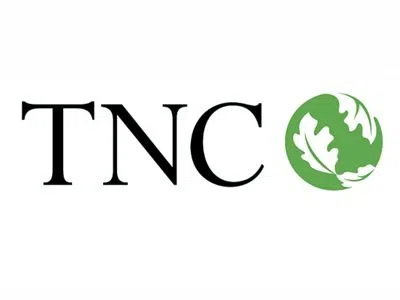
Protecting more than 32,000 acres of land for public use takes a long time. But the process to transition the Keweenaw Heartlands to a public entity will be well worth it. Project Manager Julia Petersen attributes the project’s progress to the commitment of the 29-member advisory committee and the community’s interest.
And it’s been going well overall. We have a significant commitment from community members, both within Keweenaw County and the broader region. We have a community advisory committee of 29 plus members, and those members represent multiple organizations and perspectives. They’ve collectively put in through the large committee work and subcommittee work over 1700 hours of volunteer time. That’s a significant under-investment that doesn’t count. All the time they spend reviewing documents and thinking about the project. That’s just the meeting time. – Julia Petersen, Project Manager, The Nature Conservancy
About 10,000 acres, the Keweenaw Point State Lands, will transition from TNC to the Michigan DNR sooner than other tracts. Last year the state department obtained 5 million dollars from its Michigan Natural Resources Trust Fund to purchase about 10,000 acres from TNC at the Point of the Keweenaw.
So they are, you know, hoping to shore that up and to purchase those 10,000 acres within the next couple of years. Moving more to the west, we have the other tracts of the Keweenaw Heartlands, and of the 32,500 acres total, minus the 10,000, you’re talking about anywhere from 20,000 to 22,000 acres that we’re talking about for the local forest portion. – Julia Petersen, Project Manager, The Nature Conservancy
Last week The Nature Conservancy announced intentions to apply for federal funding through the Forest Legacy Program. Petersen adds that the conservancy will need to split sections of the Heartlands when applying for the program, and when complete will become one of the largest areas of land set aside for public use in Michigan.
That’ll have to come over two application processes. There are funding caps for Forest Legacy in any given year. And so we have to do one chunk of the local forest, an application for that this year. And then next year we’ll do another chunk of the local forest. And so, you know, as we said, two to three years for that. Meanwhile, on those 10,000 acres that the DNR anticipates purchasing, that’ll take about one to two years. – Julia Petersen, Project Manager, The Nature Conservancy
If the project is sucessfuly awarded funding through the Forest Legacy Program, MDNR will use the funds to purchase the approximate 21,000 acres. And a local enetity of officials elected by the community will manage and govern the Keweenaw Heartlands recreation and working ability.
If the local portion of the Heartlands is selected by the DNR, it would move on to the national level for consideration. And there’s a whole process for that, a review panel. If it is selected at a national level, it has to go through the approval process beyond that, for congressional approval. It is a lengthy process and that’s just to get to the point of acceptance. Then from there it’s the paperwork and so on as you would expect with any kind of real estate deal so to speak.
If we are successful at the end of it, the Department of Natural Resources would purchase the land because they would receive the funds through the federal government from the Nature Conservancy and the land would shift into DNR holding, Petersen continued. And then the Department of Natural Resources would work with a new local government entity that we’re working with the community on creating to figure out the arrangement between the DNR and this new local government entity for governing and managing the forest.
In 2022 when TNC acquired the property, the organization boasted the Keweenaw Heartlands’ 38 miles of Lake Superior coastline, lake frontage and river shorelines across the area. As well as 4,000 acres of wetlands, and unique flora and fauna native to the region.
In terms of the large lava flow has created these cliffs and balds that stick up out of the peninsula. It is underneath one of the largest native copper deposits in the world. So you’ve got geologically significant mining history here, both indigenous mining for thousands of years and post-settler mining as well. So you have all of that history combined with the geography and the topography to create a forest that is quite special. And we have endangered and threatened species on this footprint, both mammals, and we have very unique bats on the property, as well as plants that are found nowhere else in the world. – Julia Petersen, Project Manager, The Nature Conservancy

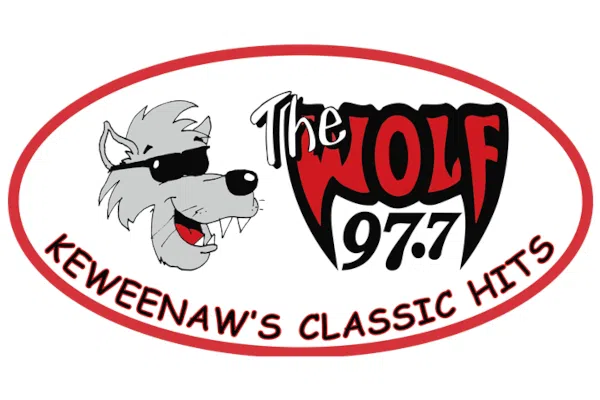


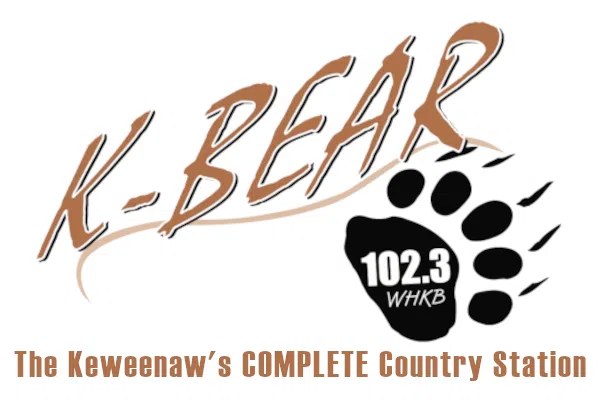
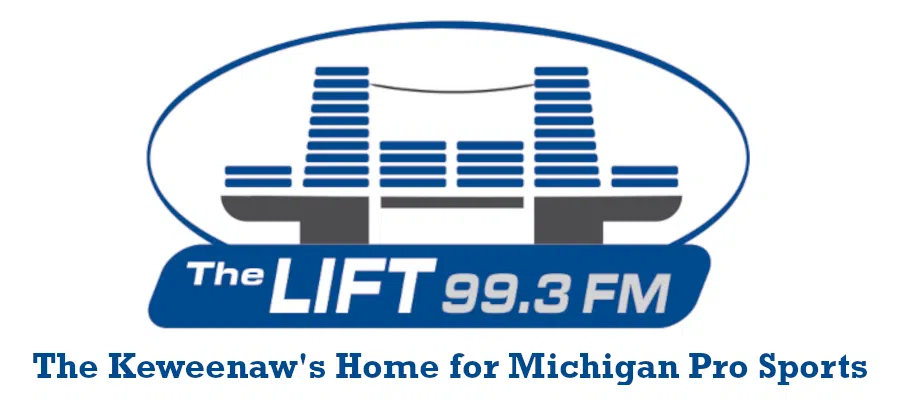
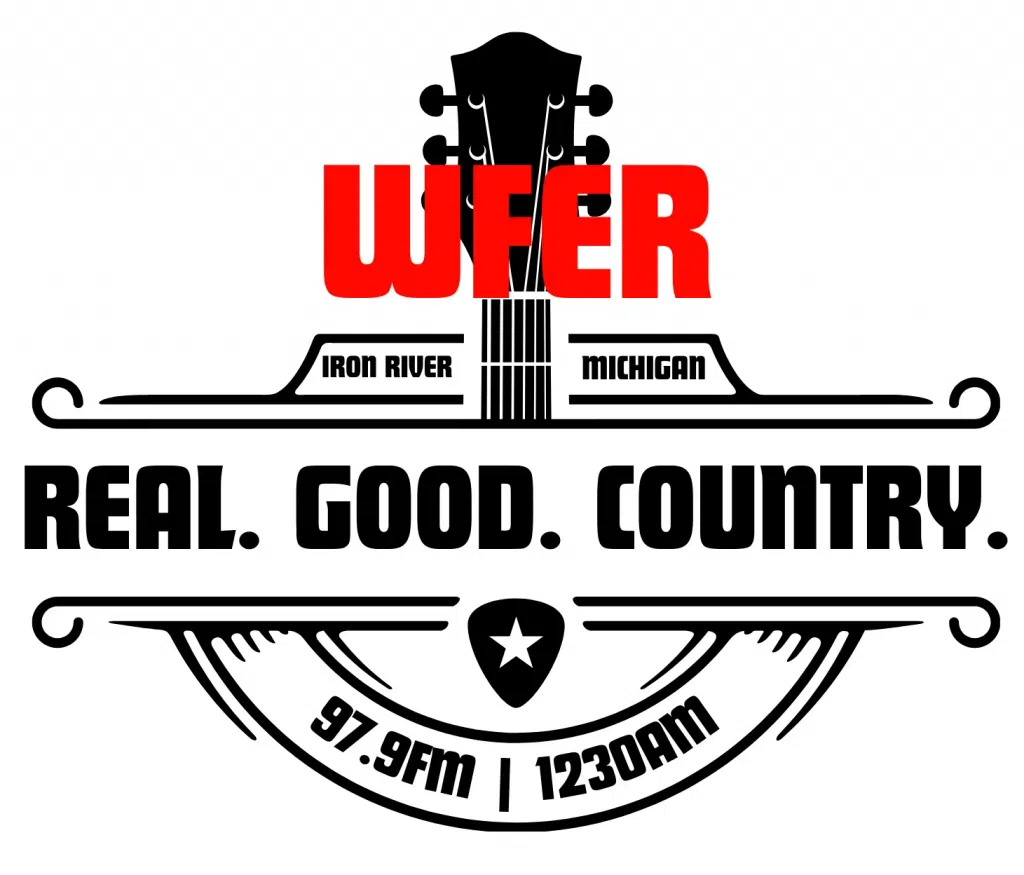
Comments